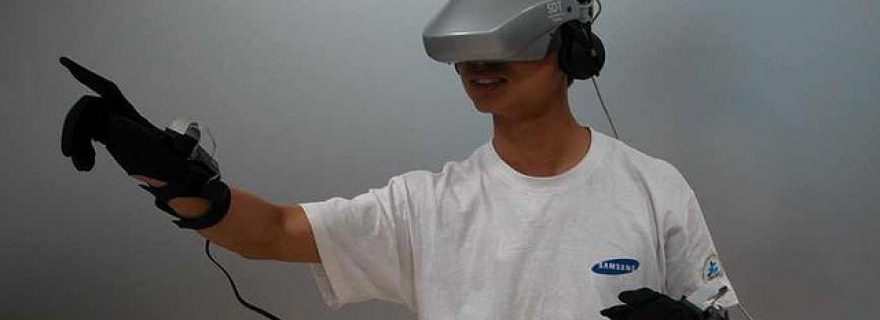Are we what we do?
How do we construct the mental image of our body? Are we really what we do?
We commonly take our body for granted and have no doubt that our right hand, say, is part of our body. However, recent demonstrations of the rubber-hand illusion suggest that the mental representation of our body is rather fragile and plastic. In this illusion (see this youtube clip by BBC) people are facing a rubber hand laying close to one of their own hands, which however is hidden from view. Stroking real and rubber hand in synchrony creates the illusion that the rubber hand becomes part of one’s own body up to the degree that one starts sweating and withdraws one’s real hand if the rubber hand is being attacked by a hammer. Researchers have claimed that this is only because the rubber hand look so similar to our real hand, so that our permanent body image (our mental body representation) is sufficiently fooled to accept the fake hand.
However, in a recent study carried out at the cognitive psychology unit of Leiden University we showed that our body representation is much more plastic. We had participants wear a data glove with built-in vibrators, which was hidden from view but operating a virtual hand shown on a screen. If the virtual hand moved in synchrony with the participant’s real hand movements, participants were more likely to accept the virtual hand as their own. Interestingly, they also accepted a virtual balloon that synchronously grew or shrunk in size with opening and closing the hand, respectively, as part of their own body, and even a virtual square that changed color in synchrony with the movements of the real hand.
These observations suggest that the key factor that determines whether people do or do not accept an object or event as part of their own body is agency, that is, the ability to control the behavior of that object or event in space and time. This possibility fits with earlier philosophical assumptions that agency is crucial for distinguishing between one’s environment and one’s body—we can perceive both but only (fully) control the latter.
The apparently considerable plasticity of our body representation fits with recent insights from prosthetics and opens exciting avenues for the development of on-distance-action tools, as necessary for medical operations on distance or controlling robots on Mars.
Ma, K. & Hommel, B. (2015). The role of agency for perceived ownership in the virtual hand illusion. Conscious Cogn.



2 Comments
Thanks for letting us know! The clip should work now.
Interesting.
(Besides, the YouTube link is down)